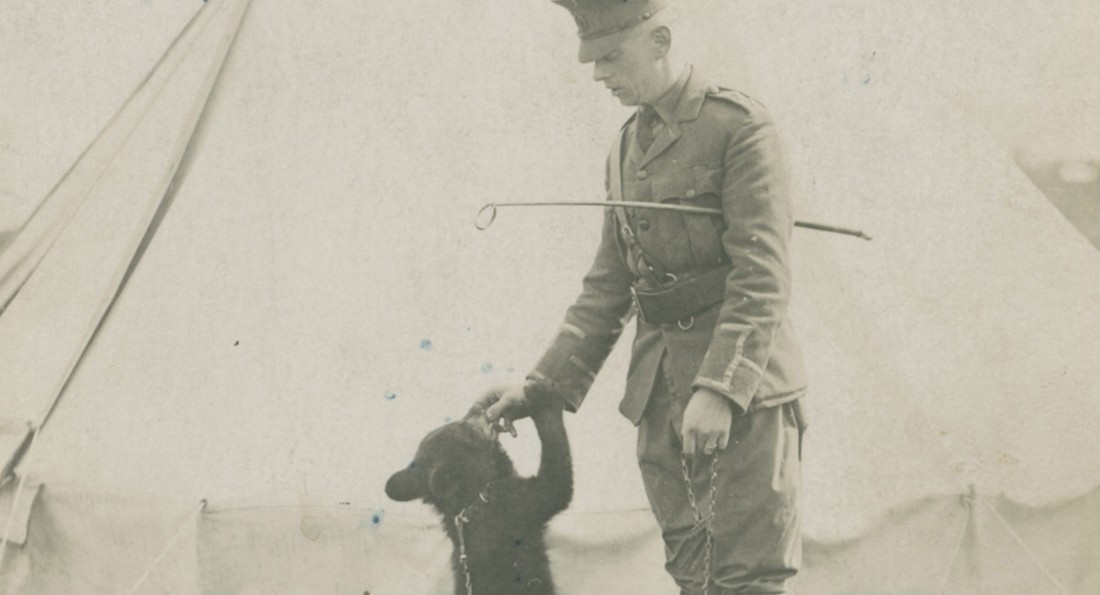The story behind the story
Exploring the origins of Winnie the Pooh
A new exhibit at the Assiniboine Park Conservancy, Remembering the Real Winnie, will show off artifacts and educate visitors about the now-famous bear.
Winnie the Pooh’s adventures in the Hundred Acre Wood have been translated into more than 50 languages, and his popularity endures even 90 years after A.A. Milne wrote the first Pooh book.
Less well known is the story of soldier and veterinarian Harry Colebourn, who named Winnie after his hometown, Winnipeg, and donated the female black bear to the ZLS London Zoo 10 years prior to the book’s publication.
Josef Estabrooks, a children’s bookseller at McNally Robinson, says Winnie the Pooh is a perfect first chapter book for young people, but the history behind it is a little hidden.
“There’s an urban legend status,” he says. “People go ‘oh, I heard he’s named after Winnipeg,’ but they don’t really know the story at all.”
The Assiniboine Park Conservancy has been home to The Pooh Gallery, a space dedicated to memorabilia from the book, but will be replaced by Remembering the Real Winnie for the duration of the exhibit.
Laura Curtis, communications manager of the Conservancy, says she is excited to bring this exhibit to Winnipeg from Ryerson University in Toronto, where it was developed.
“It presents Harry Colebourn’s story from World War I,” Curtis says.
Lindsay Mattick, Colebourn’s great-granddaughter, initiated the exhibit to educate people about the real-life Winnie.
Curtis says Remembering the Real Winnie includes artifacts, documents and diaries from Mattick’s family.
Mattick has also written a children’s picture book that tells the original story, called Finding Winnie, which Estabrooks says is popular.
“It tells the whole story, and it’s formatted as her telling it to her son,” he says.
Estabrooks says the picture book is a great intro to Winnie for children who aren’t ready for chapter books, although he says people of all ages have been interested in the story.
“It includes family photographs and a page from his diary on the day he bought the bear.”
He says people are often excited to buy it as a Winnipeg point of pride to send to people who are not in Manitoba. People often take it back to England, A. A. Milne’s birthplace, where Winnie is also extremely popular.
Curtis says the Pooh Gallery has had similar international appeal and has been visited by locals and tourists alike.
She has no doubt the new exhibit – which will be on display for a year beginning on Nov. 7 – will be an exciting change.
Published in Volume 71, Number 10 of The Uniter (November 10, 2016)






